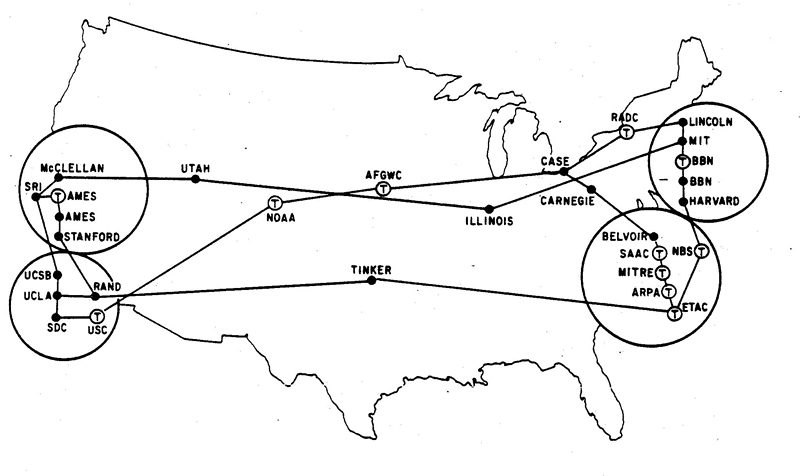At the website of the journal boundary 2, Zachary Loeb reviews Surveillance Valley: The Secret Military History of the Internet by Yasha Levine. As Loeb notes, Levine’s book punctures the myth that the early internet was mainly shaped by counterculture hippie-programers who just happened to get the technology from the US military. Instead, Levine shows that military objectives—principally surveillance—have always been built into the internet, no matter how much its libertarian boosters say otherwise. Here’s an excerpt from the review:
While the development of these systems of control and surveillance ran alongside attempts to market computers to commercial firms, Levine’s point is that it was not an either/or situation but a both/and, “computer technology is always ‘dual use,’ to be used in both commercial and military applications” (58) – and this split allows computer scientists and engineers who would be morally troubled by the “military applications” of their work to tell themselves that they work strictly on the commercial, or scientific side. ARPANET, the famous forerunner of the Internet, was developed to connect computer centers at a variety of prominent universities. Reliant on Interface Message Processors (IMPs) the system routed messages through the network through a variety of nodes and in the case that one node went down the system would reroute the message through other nodes – it was a system of relaying information built to withstand a nuclear war.
Though all manner of utopian myths surround the early Internet, and by extension its forerunner, Levine highlights that “surveillance was baked in from the very beginning” (75). Case in point, the largely forgotten CONUS Intel program that gathered information on millions of Americans. By encoding this information on IBM punch cards, which were then fed into a computer, law enforcement groups and the army were able to access information not only regarding criminal activity, but activities protected by the first amendment. As news of these databases reached the public they generated fears of a high-tech surveillance society, leading some Senators, such as Sam Ervin, to push back against the program. And in a foreshadowing of further things to come, “the army promised to destroy the surveillance files, but the Senate could not obtain definitive proof that the files were ever fully expunged,” (87). Though there were concerns about the surveillance potential of ARPANET, its growing power was hardly checked, and more government agencies began building their own subnetworks (PRNET, SATNET). Yet, as they relied on different protocols, these networks could not connect to each other, until TCP/IP “the same basic network language that powers the Internet today” (95), allowed them to do so.
Image: A 1972 map of the ARPANET, an early version of the internet. Via som.csudh.edu.
